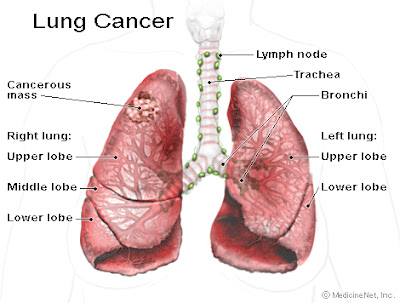Cancer Statistics Biography
Source(google.com.pk)
Two postdoctoral positions in cancer genetics are available in the newly established human and cancer genetics group at UC Davis. The Carvajal-Carmona lab is a new UC Davis Genome Center research group interested in the genetic and genomic dissection of human diseases, with a particular emphasis in gastrointestinal, endocrine and women’s cancer. The group combines an experimental and bioinformatic/statistical genetics approaches to identify and characterize germline and somatic variants involved in disease predisposition and prognosis. The group is in the process of building a wet lab, bioinformatics and statistical genetics team to work on admixture and genome-wide association mapping, germline and tumor exome/genome sequencing and transcript quantification/ eQTL mapping. Our team is expected to maintain a close interaction with other Genome Center groups, in particular with the Bioinformatics and DNA Technologies Cores. There will be extensive opportunities to interact with clinicians, epidemiologist, biologists, statisticians and bioinformaticians in the Center and across the campus, including those based at BGI@UCDavis Center, one of the largest sequencing facilities in western United States and with members of the UC Davis Comprehensive Cancer Center, one of the only two NCI Comprehensive Cancer Centers in Northern California. The group also maintains close interactions and collaborations with several groups in the San Francisco Bay Area and with collaborators in the USA, Europe and Latin America.
We are looking for enthusiastic, career-driven and academically accomplished scientists to fill the following posts:
Bio-informatics/statistical genetics: The successful applicant must have a strong quantitative foundation and PhD in mathematics, statistics, bio-informatics or computing science. You will be analyzing exome and targeted next generation sequencing (NGS) data aimed at discovering new cancer genes. You will also be involved in the anlaysis of genome-wide SNP data for linkage, admixture and association studies. Experience in R and scientific programming is essential. Expertise in analyzing large-scale NGS data, genome-wide association or admixture mapping studies is highly desirable.
Experimental/Functional Genomics of cancer: This will be a wet-lab position. You should have a PhD in biological sciences and will be working on projects involving low and high-throughput genotyping, next generation sequencing data generation and in expression and functional genomics studies. Previous expertise in molecular and cellular biology is essential. Experiences in NGS methods or functional genomics is highly desirable.
Applicants for these positions are expected to have excellent written and oral communication skills, and demonstrated competence in scientific publication. These positions are available immediately for one year with the possibility of renewal contingent on performance. To apply, submit a cover letter outlining scientific interests, a CV that highlights your experience, and the contact information for three references to Dr. Luis Carvajal-Carmona (lgcarvajal@ucdavis.edu). The deadline for application is January 15th 2013.
The University of California is an affirmative action/equal opportunity employer Biography
Cancer Statistics
Sign Ribbon cells Horoscope Symbol Tattoos Research Zodiac Sign Ribbon Tattoos

Cancer Statistics
Sign Ribbon cells Horoscope Symbol Tattoos Research Zodiac Sign Ribbon Tattoos
Cancer Statistics
Sign Ribbon cells Horoscope Symbol Tattoos Research Zodiac Sign Ribbon Tattoos

Cancer Statistics
Sign Ribbon cells Horoscope Symbol Tattoos Research Zodiac Sign Ribbon Tattoos

Cancer Statistics
Sign Ribbon cells Horoscope Symbol Tattoos Research Zodiac Sign Ribbon Tattoos

Cancer Statistics
Sign Ribbon cells Horoscope Symbol Tattoos Research Zodiac Sign Ribbon Tattoos

Cancer Statistics
Sign Ribbon cells Horoscope Symbol Tattoos Research Zodiac Sign Ribbon Tattoos

Cancer Statistics
Sign Ribbon cells Horoscope Symbol Tattoos Research Zodiac Sign Ribbon Tattoos

Cancer Statistics
Sign Ribbon cells Horoscope Symbol Tattoos Research Zodiac Sign Ribbon Tattoos

Cancer Statistics
Sign Ribbon cells Horoscope Symbol Tattoos Research Zodiac Sign Ribbon Tattoos

































